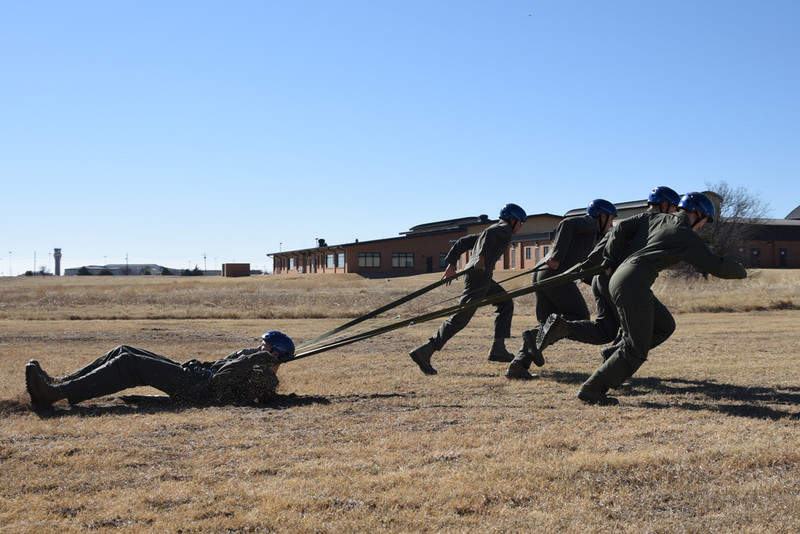
The US Air Force (USAF) is conducting the Pilot Training Next programme to discover ways that would help create fighter training unit-ready airmen.
Comprising 15 USAF officers and five enlisted airmen, the new experimental training programme has been designed to use advanced technology combined with new ways for training aircraft pilots.
Based at the Reserve Center at Austin-Bergstrom International Airport in Austin, Texas, the USAF programme will see the 20 airmen taking a trip to the Sheppard Air Force Base (AFB) to get the initial required guidance.
During the first seven days of the programme, the USAF pilots are required to undergo aerospace and operational physiology training.
The physiology training teaches the future pilots how to physically and mentally manage the unique stressors placed on their bodies in an aerospace environment, including oxygen deprivation.
Aerospace and Operational Physiology flight commander major John Lavin said: “It’s important to know and understand the environment they will be operating in, whether high altitude or low altitude, crew resource management, acceleration or just even exercise or fitness in relevance to flying.
“The more they know before they start their training over on the flight lineside, we give them the foundation in which to operate in that environment.”
The enlisted aircrew members normally receive an abbreviated two-day course on health hazards associated with flying, while pilots receive seven days of instruction.
With the completion of the aerospace and operational physiology training, the 20 airmen will fly back to Austin to continue participating in the Pilot Training Next programme.



